- Joined
- 6 August 2007
- Messages
- 3,874
- Reaction score
- 5,868
What is the OS? It's not something produced by Microsoft is it?
IIRC it was Windows NT 4.x or 2000.
What is the OS? It's not something produced by Microsoft is it?
Many people don't know about CP/M and the late great Gary Kildall. My son got his masters in computer science/cybersecurity at Naval Postgraduate School, where Gary is fondly remembered. Also, the story about how IBM wanted to CP/M but Gary wasn't there is more nuanced than it has been presented.It was CP/M baby!!!!!
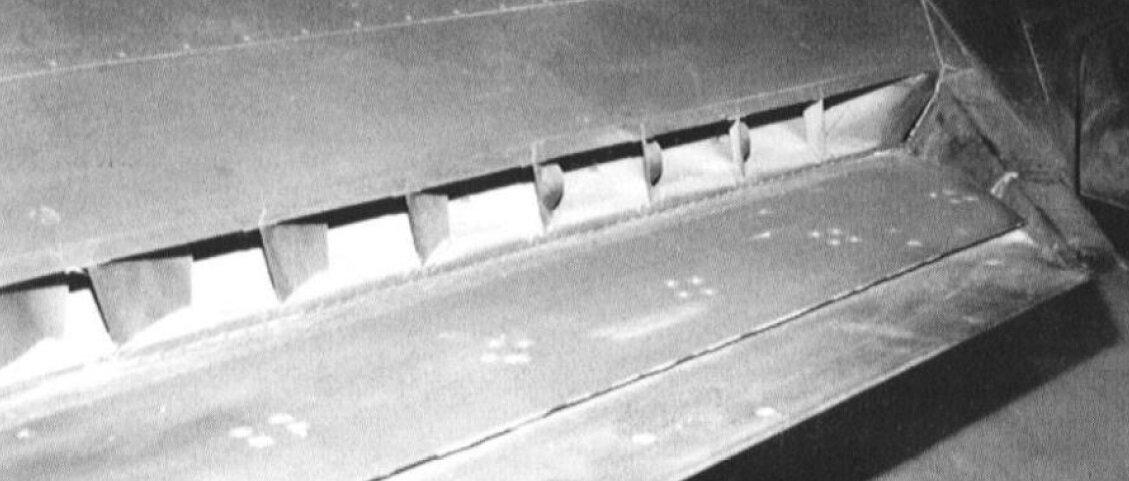
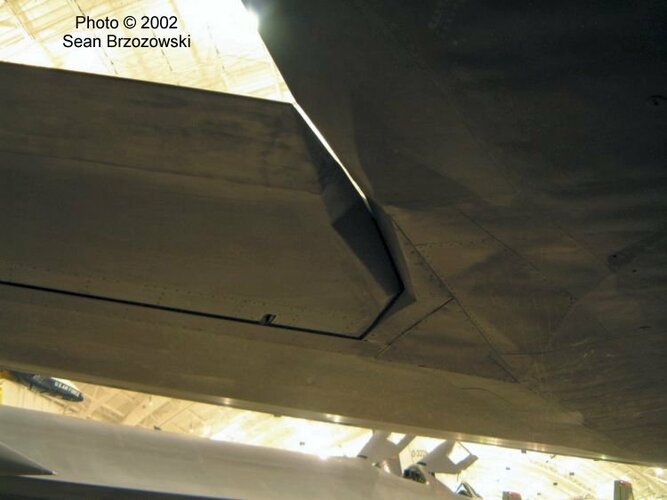
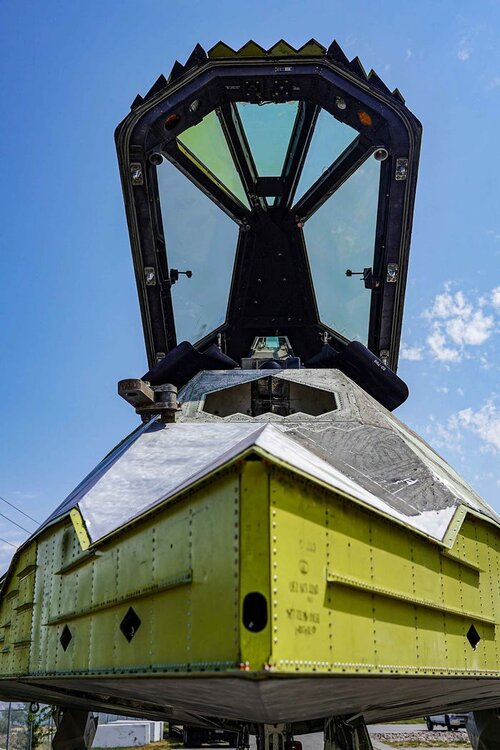
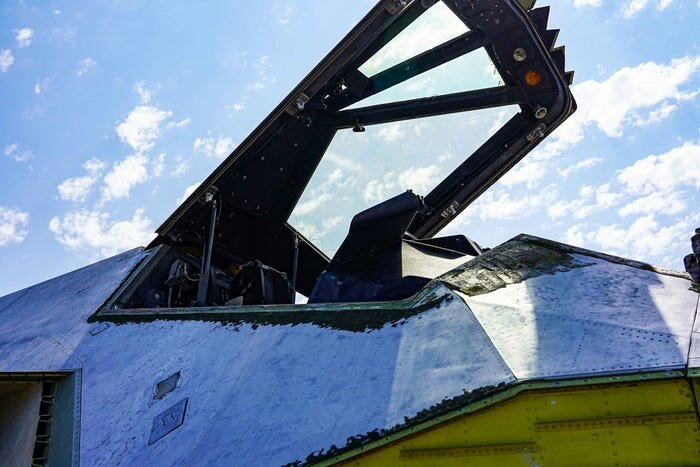
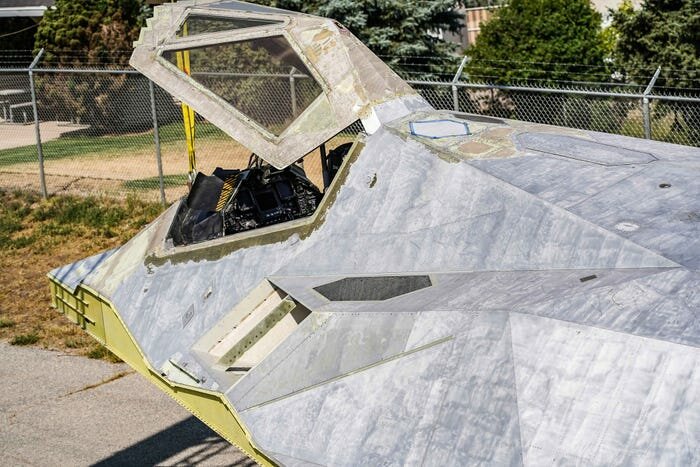
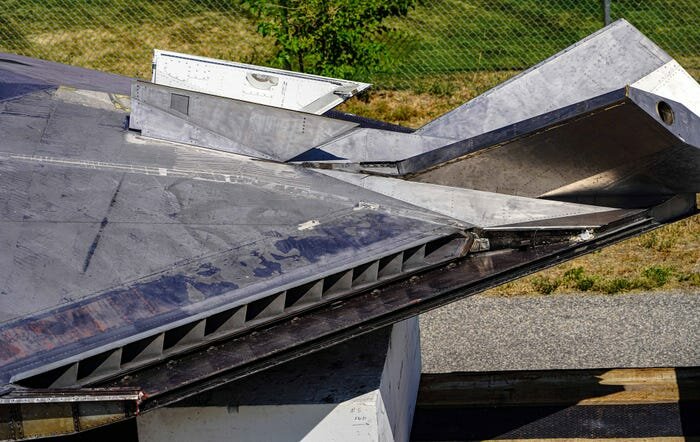
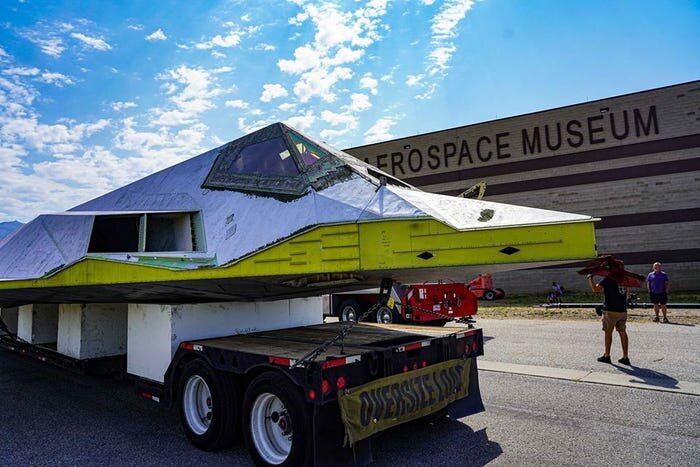
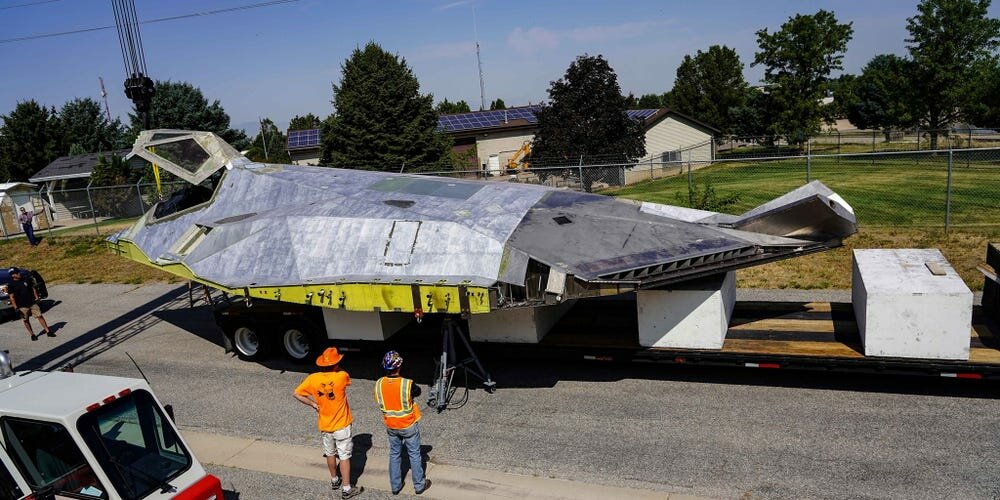
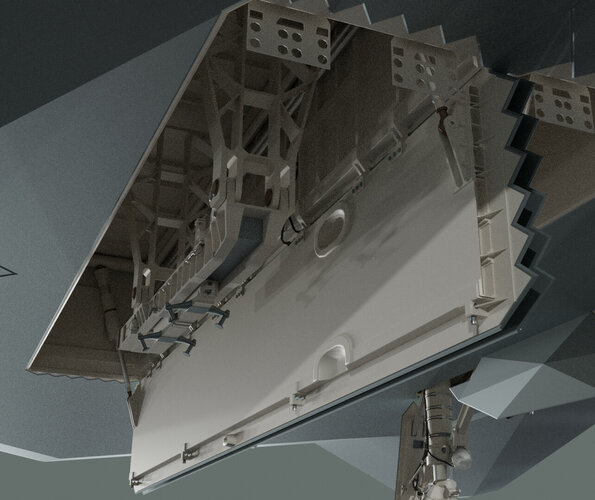
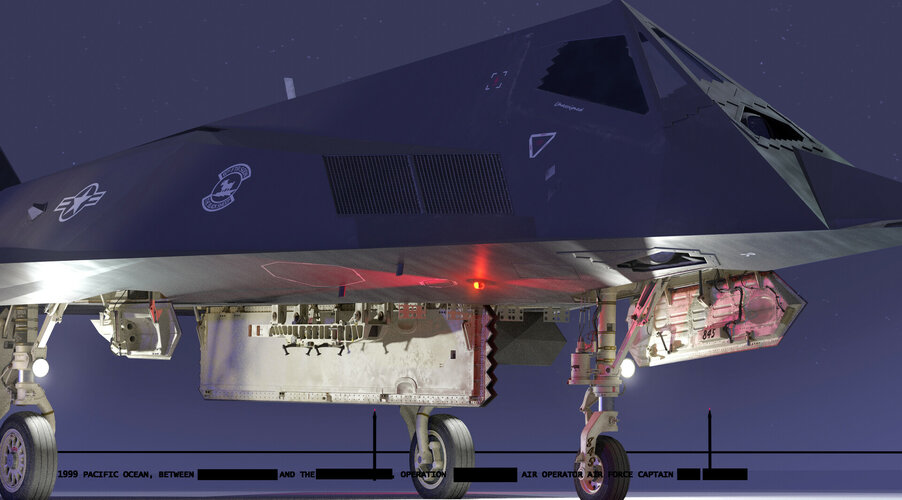
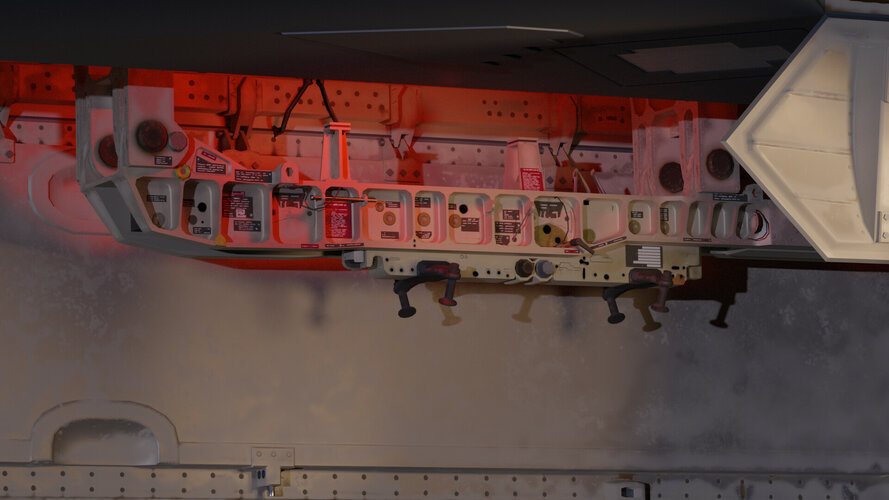
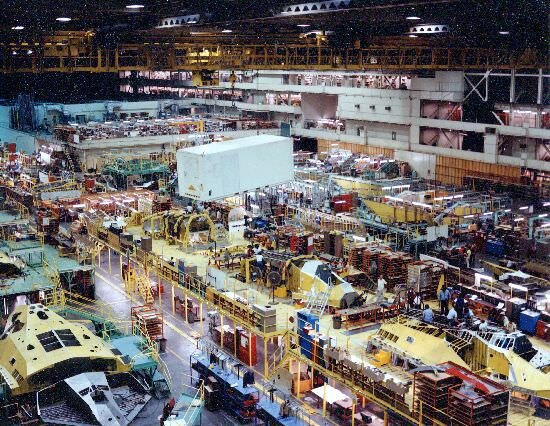
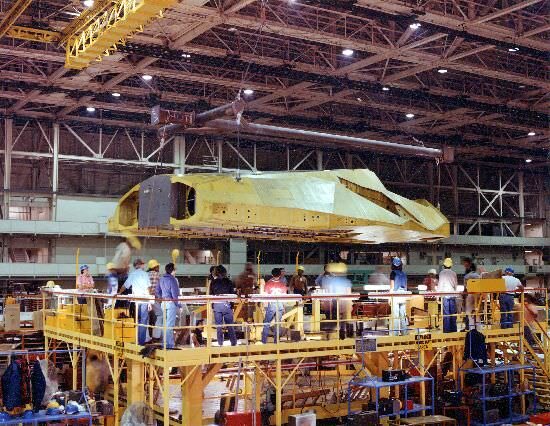
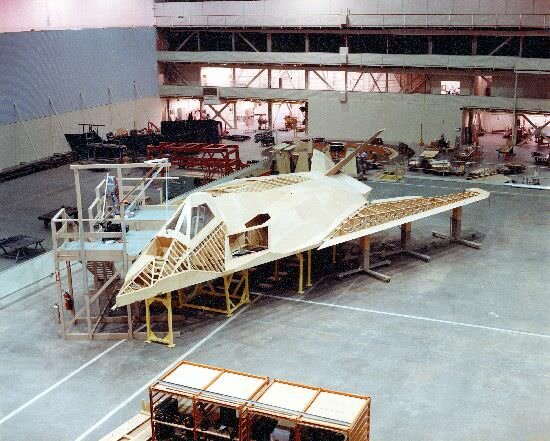
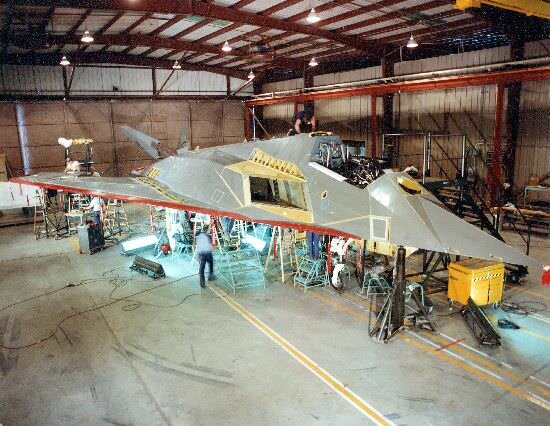
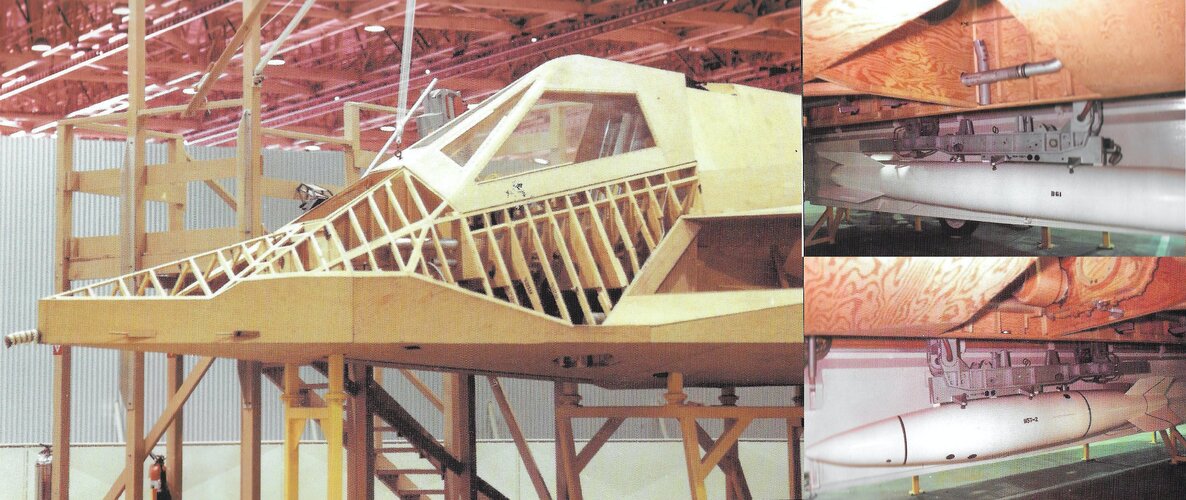
Looks like an F-117 delivery to someones house. Gotta an 117 delivery for a Mr Nighthawk, sign for it please and where do you want it buddy?Some images, awesome aircraft.
Regards,
